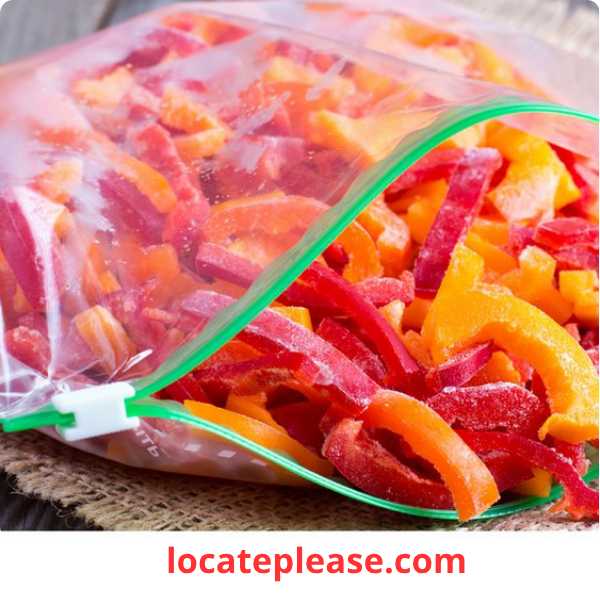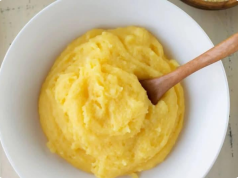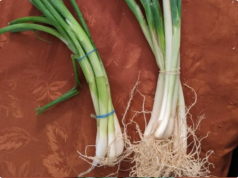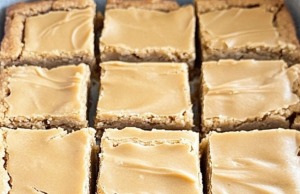If you’ve ever found yourself staring at a kitchen counter piled high with colorful bell peppers or fiery chili peppers — maybe from a bountiful farmers market haul, a CSA box surprise, or a too-good-to-pass-up bulk deal — you’re not alone. And while peppers are delicious fresh, using them all before they spoil can be a challenge.
The good news? Freezing peppers is simple, effective, and requires no special equipment. Best of all, frozen peppers retain their flavor and perform beautifully in cooked dishes — so you can enjoy summer’s harvest all year long, from winter stews to spring stir-fries.
Why Freeze Peppers?
- ✅ Prevents food waste
- ✅ Saves time — pre-cut and ready to use
- ✅ No blanching required (unlike some vegetables)
- ✅ Tastes just like fresh in soups, sauces, casseroles, and more
- ✅ Economical — buy in season, save for off-season
Whether you’re working with red, yellow, green, or spicy jalapeños and habaneros, almost any pepper freezes well — and once frozen, they’re ready to drop straight into your favorite recipes.
Best Peppers for Freezing
While most peppers freeze well, the top choices include:
- Bell peppers (all colors)
- Jalapeños
- Serranos
- Cubanelle or banana peppers
- Poblano and Anaheim peppers
Note: Very thin-skinned or extremely juicy peppers (like frying peppers) may become softer after thawing, but they’re still perfect for cooking.
Do You Need to Blanch Peppers Before Freezing?
No — and here’s why:
Blanching is typically used to preserve color, texture, and nutrients in frozen vegetables. But peppers freeze exceptionally well without it . In fact, blanching can dull their vibrant color and mute their fresh flavor.
Skip the boiling water — just wash, prep, and freeze.
How to Freeze Whole Peppers
Best for large peppers you plan to use as stuffed peppers or in baked dishes.
Steps:
- Wash and dry peppers thoroughly.
- Cut off the tops and remove stems.
- Scoop out seeds and white inner membranes with a spoon.
- Rinse inside and pat dry.
- Replace the tops (optional, helps maintain shape).
- Wrap each pepper tightly in plastic wrap to prevent freezer burn.
- Place wrapped peppers in a zip-top freezer bag , squeeze out excess air, seal, and label with the date.
🔹 Tip: You can also freeze whole peppers without removing seeds, but removing them ensures cleaner prep later.
How to Freeze Cut or Chopped Peppers (The Most Practical Method)
Ideal for stir-fries, omelets, soups, and casseroles — this method saves space and makes it easy to grab just what you need.
Steps:
- Wash and dry peppers well.
- Remove stems, seeds, and inner membranes .
- Slice, dice, or chop into your preferred size — rings, strips, or cubes.
- Pat dry with paper towels — moisture is the enemy of freezer storage.
- Lay pieces in a single layer on a parchment-lined baking sheet.
- Freeze for 2–3 hours (or until solid) — this prevents clumping.
- Transfer frozen pieces to a labeled freezer bag or airtight container.
- Press out excess air , seal, and return to the freezer.
✅ Pro Tip: Freeze different colors or types in separate bags for easy access.
How Long Do Frozen Peppers Last?
When stored properly, frozen peppers maintain quality for:
- 6 to 12 months
After a year, they’re still safe to eat, but may develop freezer burn or lose flavor and texture.
Signs to toss them:
- Excessive ice crystals or frost
- Off smell
- Mushy texture (even when frozen)
How to Use Frozen Peppers
Do You Need to Thaw Them?
Not usually. In fact, cooking them straight from frozen is often best.
- ❌ Avoid thawing if you’re using them in:
- Stir-fries
- Scrambled eggs or omelets
- Soups, stews, and chili
- Sauces and casseroles
- ✅ Thaw in the fridge or microwave only if:
- Adding to cold dishes (like salsas or salads — though texture will be softer)
- Stuffing and baking (thawing helps with moisture control)
🔥 Cooking tip: Add frozen peppers directly to hot oil or liquid — they’ll thaw and cook in minutes.
Creative Ways to Use Frozen Peppers
- Breakfast: Add to scrambled eggs or breakfast burritos
- Dinner: Toss into fajitas, pasta sauces, or shepherd’s pie
- Soups & Stews: Stir into chili, minestrone, or gumbo
- Stuffed Peppers: Use frozen whole peppers as a base
- Freezer Meals: Prep freezer-friendly dishes like pepper-heavy casseroles or sauces
Bonus: Freeze Hot Peppers Safely
Love heat? You can freeze jalapeños, habaneros, or serranos the same way — just wear gloves when handling them to avoid skin irritation.
- Freeze whole or chopped.
- Label clearly: “HOT!”
- Use in salsas, hot sauces, or spice up soups and curries.
Final Thoughts: A Simple Step with Big Rewards
Freezing peppers is one of the easiest ways to extend the life of your produce and make weeknight cooking faster and more convenient. With just a few minutes of prep, you can lock in summer’s vibrant flavor and enjoy it all year.
No blanching. No canning. No fuss.
So the next time you’re faced with a mountain of peppers, don’t panic — just wash, chop, freeze, and forget (until you need them, of course).
Your future self — standing in the kitchen on a snowy January night, tossing frozen red peppers into a steaming skillet — will thank you.










